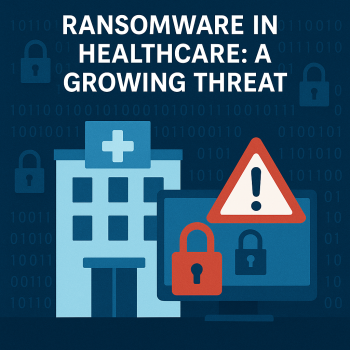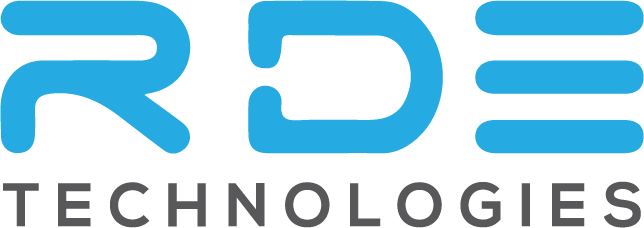
Understanding Ransomware
Ransomware is a form of malicious software designed to block access to a computer system or data until a ransom is paid. Once it infiltrates a network, ransomware encrypts files and renders critical systems inoperable. Victims are then extorted for payment—often in cryptocurrency—in exchange for a decryption key. This type of cyberattack is highly disruptive and can result in extensive downtime and financial loss. The stakes are even higher in healthcare, where ransomware attacks can directly impact patient care.
Why Healthcare Is a Prime Target
Healthcare institutions are particularly vulnerable to ransomware due to the nature of their operations and the value of the data they hold. Medical facilities manage vast amounts of sensitive personal and health information, making them attractive to cybercriminals seeking quick financial gains. Unlike other industries, healthcare providers cannot afford prolonged outages. A successful ransomware attack can delay urgent care, disrupt hospital operations, and compromise patient safety. In extreme cases, these delays have been linked to severe health outcomes—even fatalities.
The Broader Scope of Ransomware Attacks
While healthcare remains a top target, ransomware does not discriminate. Any organization—regardless of size or sector—is at risk. Attackers often pursue entities they believe are more likely to pay the ransom quickly, typically because of the critical nature of their services or the sensitivity of their data. That’s why it’s crucial for all organizations to stay vigilant and prepared.
How to Protect Yourself and Your Organization
Ransomware defense starts with awareness and proactive cybersecurity practices. Here are key steps you can take to reduce your risk:
Stay Current with Updates: Always follow your IT team’s guidance on software updates. Outdated systems lacking the latest security patches are more susceptible to ransomware.
Exercise Caution with Email: Phishing remains one of the most common delivery methods for ransomware. Be cautious when opening emails, especially those with unexpected attachments or suspicious links.
Report Suspicions Promptly: If you suspect your device has been compromised, notify your IT or security team immediately. Quick action can minimize damage and contain the threat.
Final Thoughts
Ransomware is a serious threat, particularly in industries like healthcare where downtime can have life-or-death consequences. By staying informed and practicing good cybersecurity protocols, organizations can better defend themselves against these evolving threats.


